The Ice Cream Market is characterized by its dynamic and competitive landscape, where various key players strive to maintain and grow their market share through innovation, marketing strategies, and diversification of product offerings.
A mix of large multinational corporations and local brands contributes to this market, catering to diverse consumer preferences that span different geographical regions.
Factors such as changing lifestyles, increasing disposable incomes, and a growing inclination towards indulgent treats are driving the market's expansion. Additionally, the rise of health-conscious consumers has led to a surge in demand for healthier alternatives, such as low-calorie, dairy-free, and organic ice cream products.
This environment creates both challenges and opportunities for companies competing in the ice cream sector, as they constantly adapt to shifting consumer trends and preferences.
Unilever stands out prominently in the Ice Cream Market due to its extensive portfolio of well-known brands and products that resonate with a wide demographic.
The company has effectively utilized its vast distribution network, allowing it to maintain a significant presence in various global markets. Unilever's strengths lie in its innovative product development, which includes a range of flavors and formulations catering to health-conscious consumers, alongside its classic indulgent offerings.
The company has also invested in sustainability initiatives, appealing to environmentally conscious customers and enhancing its brand image. Through strategic marketing campaigns and collaborations, Unilever continues to bolster its position in the market, making it one of the leading players in the global ice cream sector.
General Mills has established a notable presence in the Ice Cream Market, primarily through its well-known brands that appeal to different segments of consumers.
The company provides an array of popular products, including those under its flagship brand, which often encompasses a mix of both indulgent and healthier options. General Mills focuses on innovation and quality, leveraging consumer insights to create products that align with modern dietary preferences.
In recent years, the company has engaged in strategic mergers and acquisitions to bolster its market share, effectively expanding its product lines and distribution networks. General Mills possesses the strength of a robust supply chain and a strong marketing presence, allowing it to effectively reach consumers across global markets while continuing to enhance the relevance of its offerings.
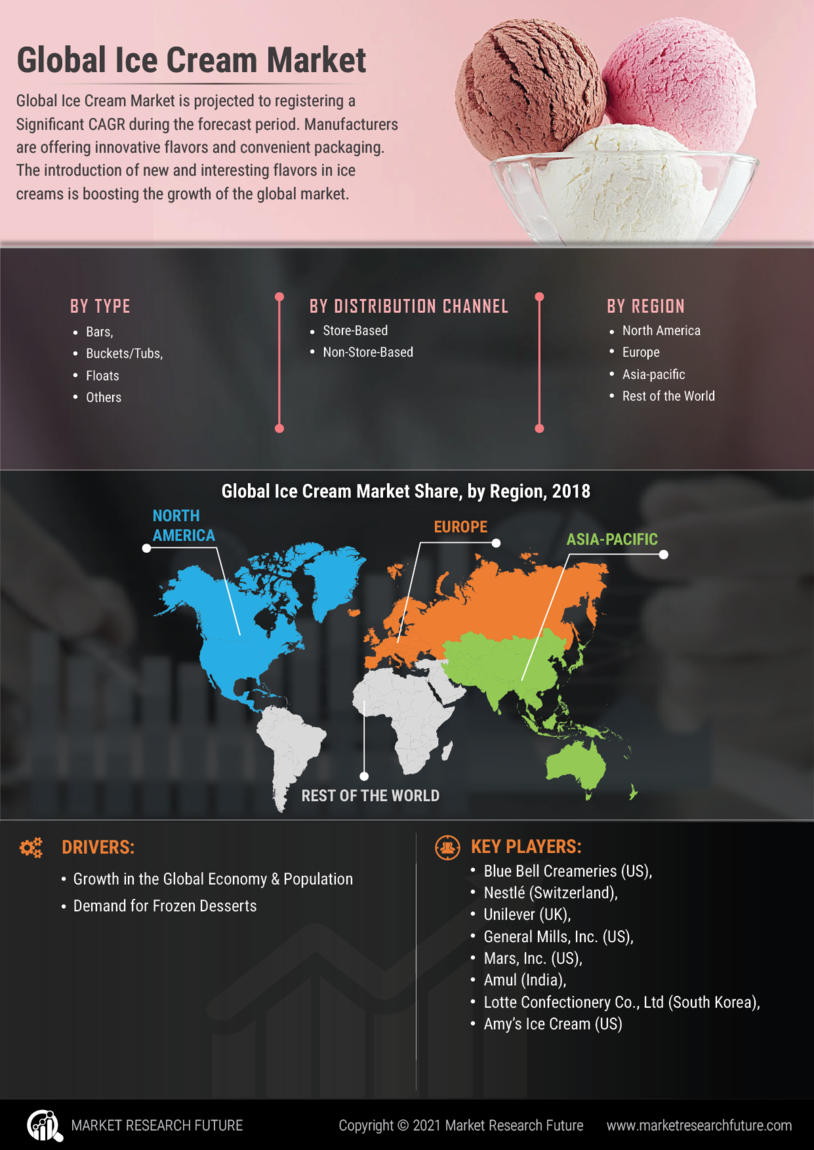

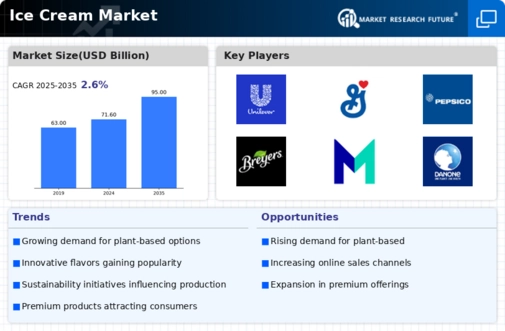
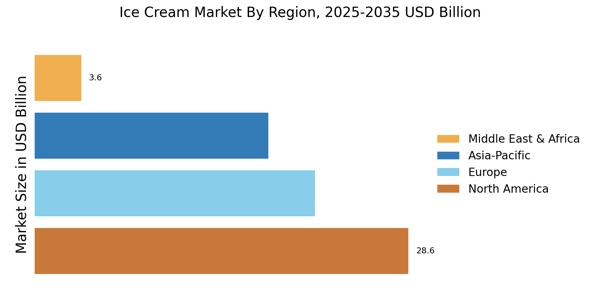
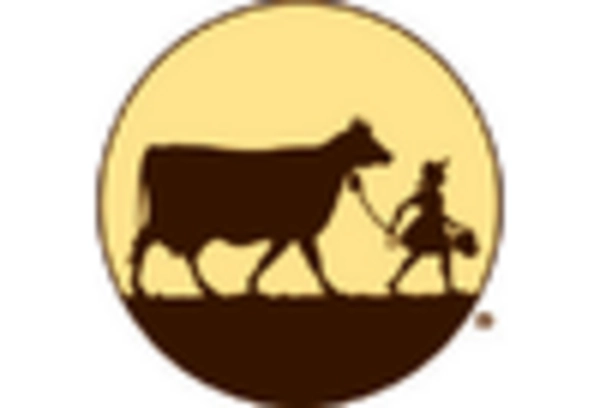
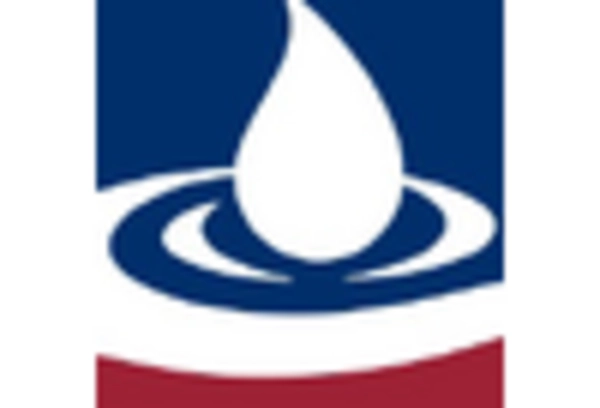
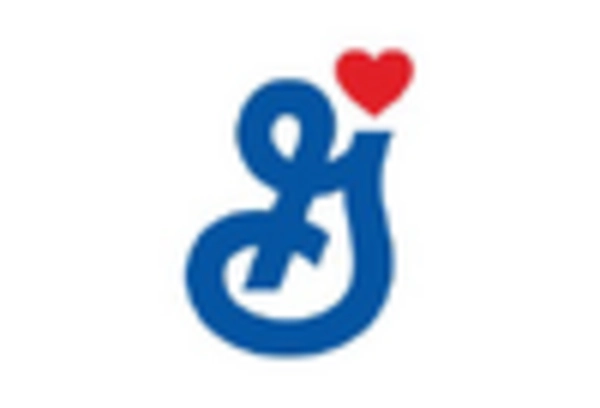
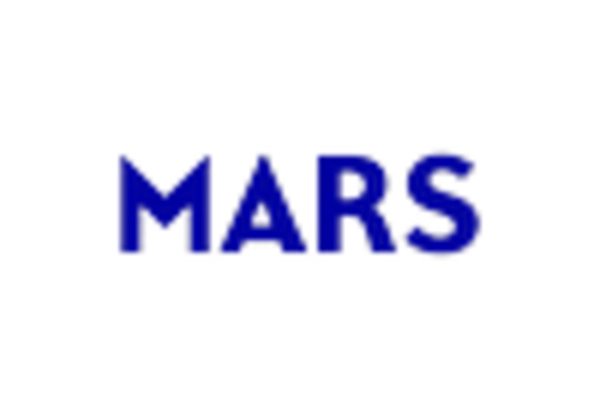










Leave a Comment